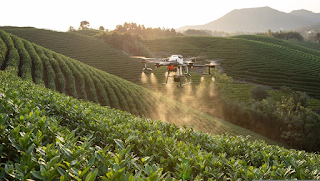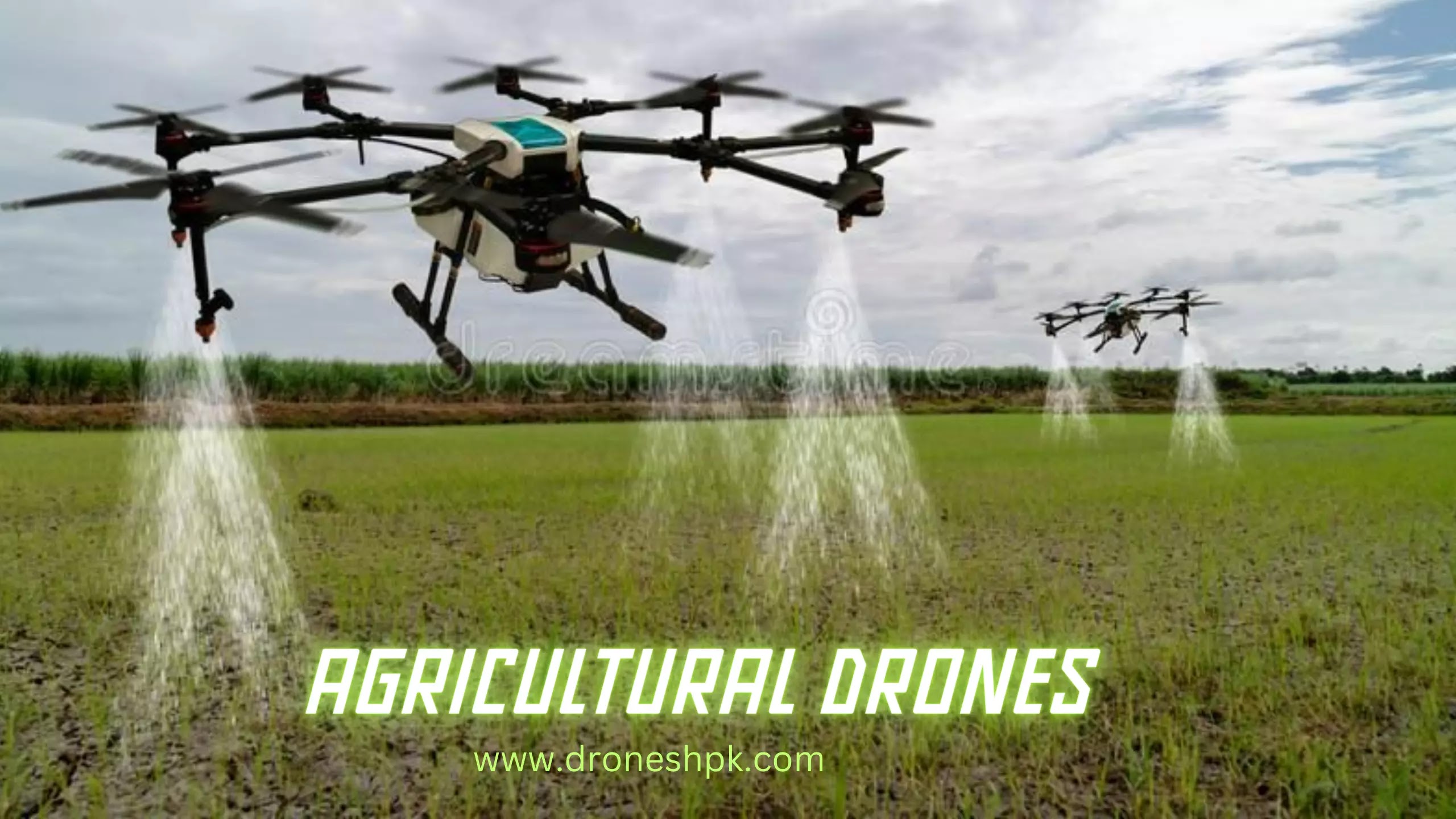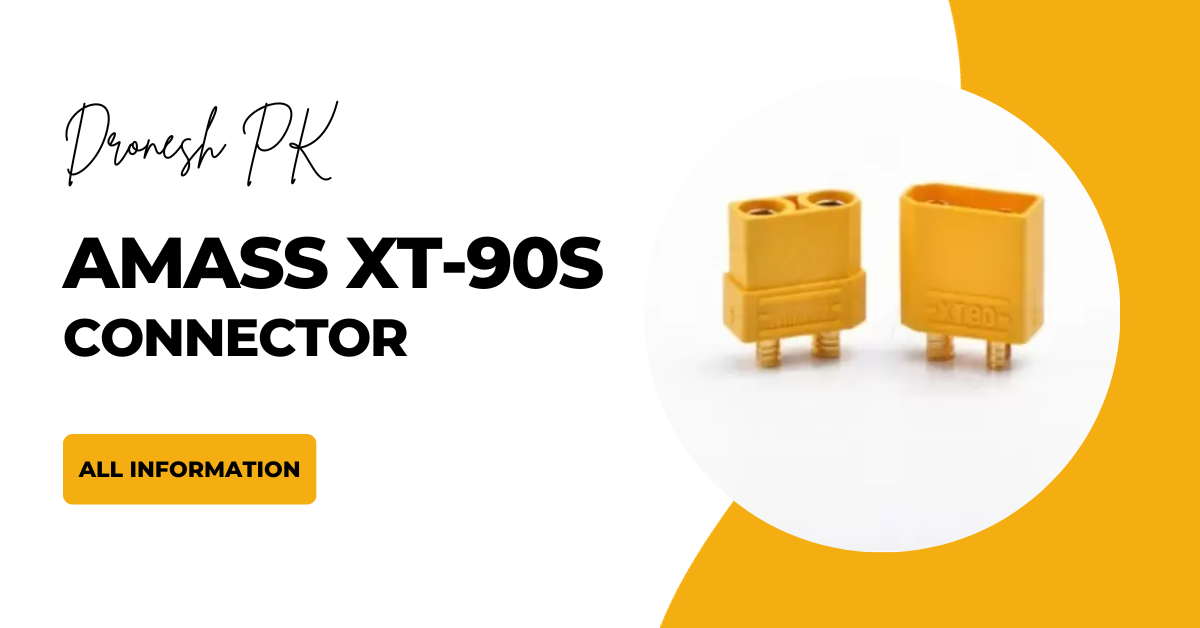How To Secure Your Drone From Hackers: A Comprehensive Guide
Introduction
Drones have become an integral part of various industries, from photography and videography to agriculture and surveillance. However, the convenience they offer also attracts the attention of hackers who may try to compromise your drone's security. In this comprehensive guide, we will explore the essential steps to safeguard your drone from hackers and ensure a worry-free flying experience.
1. Understanding the Risks
What Are the Risks Associated with Drone Hacking?
Drones are vulnerable to hacking attempts that can lead to unauthorized control, data theft, and even crashes. Understanding these risks is the first step in securing your drone effectively.
The Importance of Securing Your Drone
Before delving into the specifics of securing your drone, let's emphasize why it's crucial. Securing your drone not only protects your investment but also safeguards sensitive data and ensures public safety.
2. Keep Software Up to Date
Regular Firmware Updates
Updating your drone's firmware is essential to patch known vulnerabilities. Manufacturers release updates to enhance security and fix potential weaknesses.
3. Strong Passwords and Authentication
Setting a Secure Password
Ensure your drone's control system has a strong, unique password. Avoid common passwords like "1234" or "password."
Two-Factor Authentication (2 FA)
Enable 2 FA whenever possible. This adds an extra layer of security, requiring you to verify your identity through a second means, such as a mobile app.
4. Encrypt Data Transmission
Using HTTPS for Data Transmission
When transferring data between your drone and remote device, use secure protocols like HTTPS to encrypt the communication.
5. Disable Unused Features
Minimize Attack Surfaces
Turn off any unnecessary features or connections that your drone doesn't need during flight. Fewer active components mean fewer potential entry points for hackers.
6. Drone Network Security
Create a Closed Network
If your drone allows it, set up a closed network that only authorized devices can connect to. This minimizes the risk of external interference.
7. Physical Security
Lock Your Drone
When not in use, store your drone in a secure location. Physical access to your drone can also pose a security threat.
8. Monitor Your Drone's Activity
Real-Time Monitoring
Use dedicated apps or software to monitor your drone's activity during flight. This allows you to detect any suspicious behavior immediately.
9. Beware of GPS Spoofing
Understanding GPS Spoofing
Hackers may attempt to spoof your drone's GPS signal, leading it off course. Be cautious when flying in unfamiliar areas.
10. Protecting Your Remote Control
Secure Your Controller
Just like your drone, your controller should have a strong password and 2FA enabled if possible.
How To Secure Your Drone From Hackers
Now that we've explored the crucial steps to secure your drone let's focus on how to secure your drone from hackers effectively.
FAQs
Is drone hacking common?
Drone hacking is not extremely common but is on the rise, particularly in industries where drones are used for critical operations.
Can I track unauthorized access to my drone?
Yes, monitoring your drone's activity and using secure networks can help you detect and track unauthorized access.
What do I do if my drone gets hacked?
If you suspect your drone has been hacked, land it immediately and contact the manufacturer for guidance.
Are there any legal consequences for hacking drones?
Yes, hacking drones is illegal in many countries and can lead to severe legal consequences.
How often should I update my drone's firmware?
It's advisable to check for firmware updates regularly and install them as soon as they are available.
Can hackers access the data stored on my drone?
If your drone is compromised, hackers can potentially access any data stored on it. Encrypting your data is crucial.
Conclusion
Securing your drone from hackers is essential to protect your investment and maintain the safety of your flights. By following the steps outlined in this guide, you can minimize the risk of unauthorized access and enjoy a worry-free drone flying experience.



.png)


.webp)